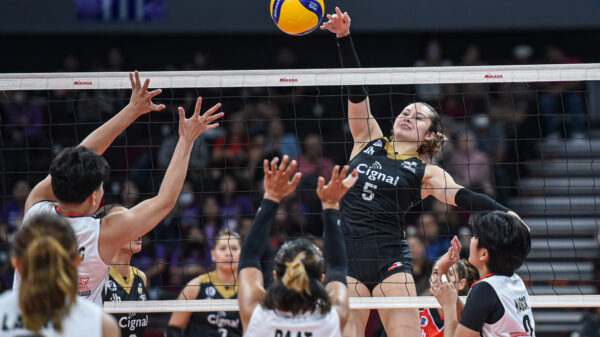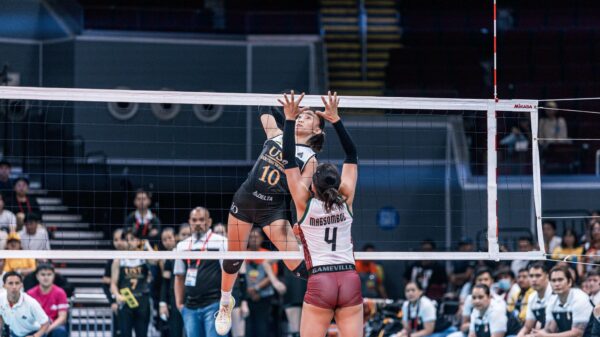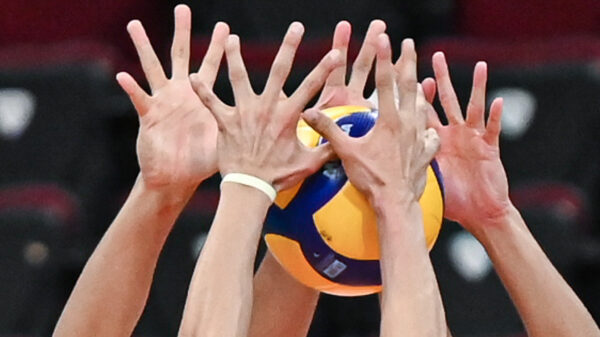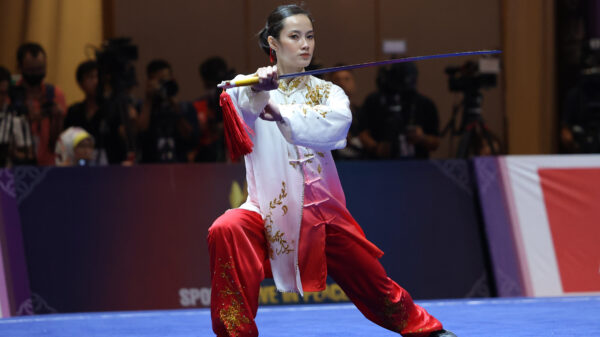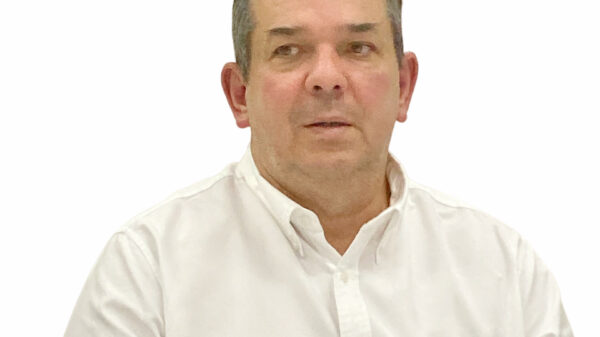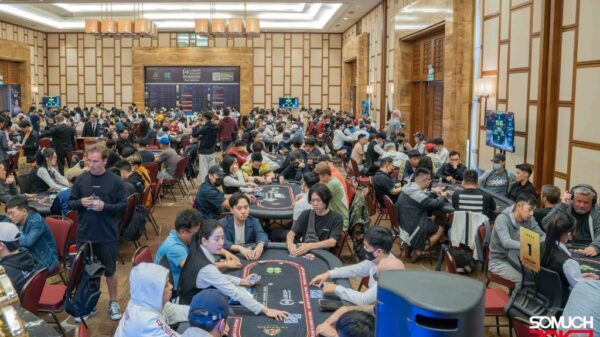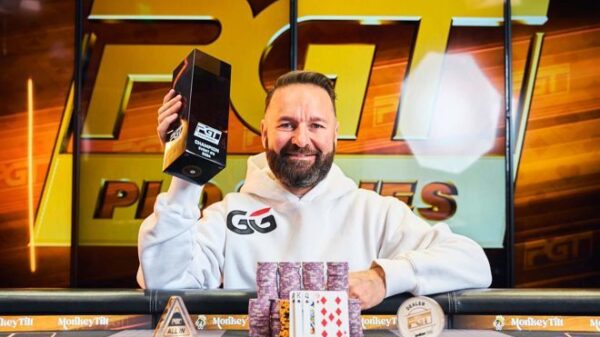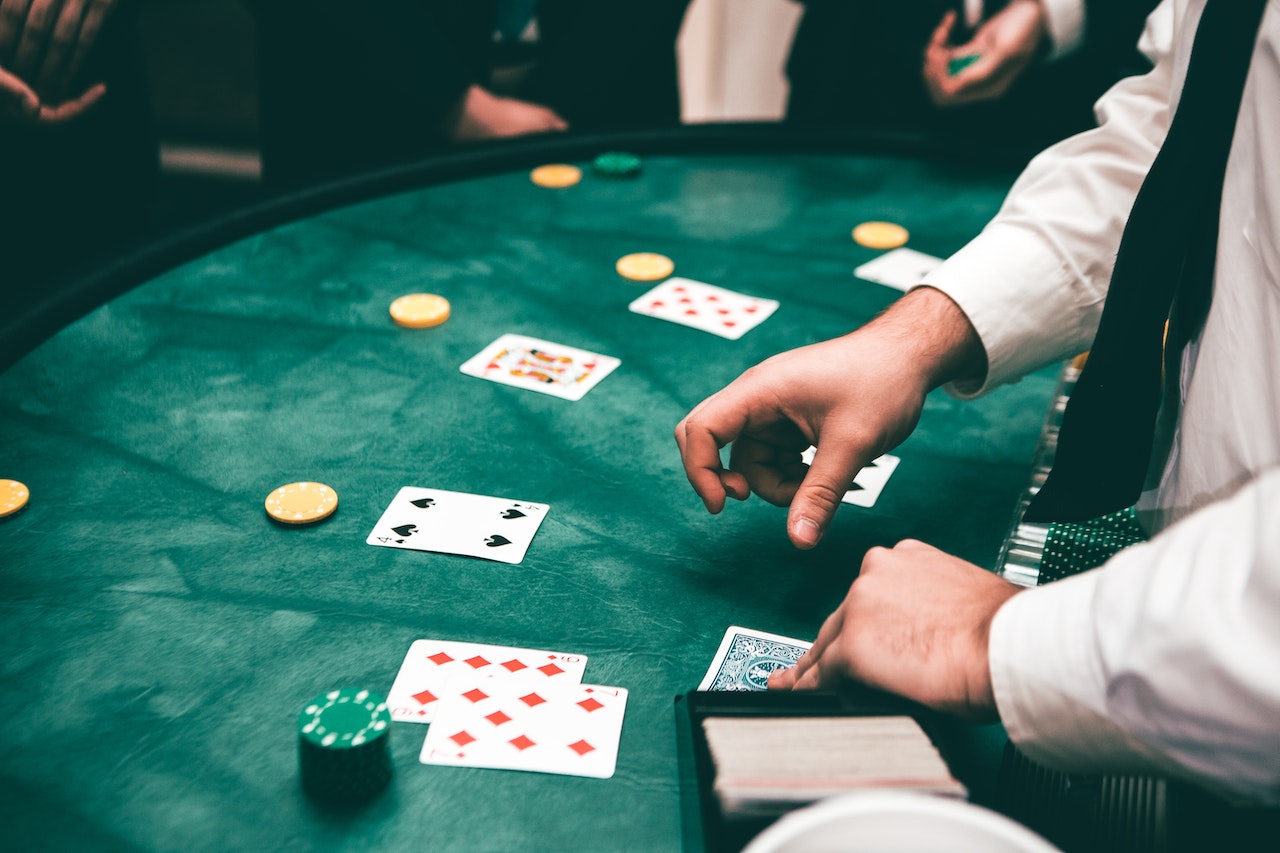In the world of poker, where fortunes can be won or lost in the blink of an eye, a player’s ability to maintain a stoic expression often spells the difference between victory and defeat. This façade, also known as a “poker face,” is a skill every aspiring poker player should master.
But what is a poker face, and how can you develop a good one? For that matter, why is a poker face not only beneficial at the poker table but also in various aspects of life?
First and foremost, a poker face involves concealing emotions and intentions by using facial expressions and body language. In order to have a good poker face, one must maintain a neutral and unreadable countenance. Whether you’re up against one opponent or multiple players, you can’t show disappointment, excitement, or any other signs that will give away the strength or weakness of your hand.
A well-executed poker face is a powerful tool, providing you with a significant advantage over your opponents.
Developing a good poker face requires practice and self-control. To excel at this skill, it is crucial to master the basics. Here’s how you can unlock the hidden power of the poker face.
- Master the basics
Enhancing self-awareness is the first step in developing a good poker face. You can begin by paying attention to your expressions and body language in various situations. By becoming more attuned to these tells, you can work on minimizing them. Practicing in front of a mirror or with friends can help you learn to control your facial expressions effectively.
- Control your breathing
When faced with intense moments in a game, controlled breathing can help calm your nerves and prevent physical signs of stress, such as a rapid heartbeat or shallow breathing. Before and during a game, breathe deeply and slowly. Inhale through your nose and exhale through your mouth. Not only will this help you stay composed, but it will allow you to focus your attention on the game at hand.
- Maintain eye contact
Direct and unwavering eye contact can intimidate your opponents and make it harder for them to read your intentions. Training yourself to maintain a focused gaze without revealing anything about your hand is vital to a strong poker face. Avoid looking away; such actions can be perceived as signs of weakness or uncertainty. Instead, lock eyes with your opponents, projecting confidence and a sense of control. But don’t stare at them, as doing so may appear aggressive or confrontational.
- Relax your facial muscles
When you’re under pressure, stress often manifests in a tense expression. Learning to relax your facial muscles reduces the chances of inadvertently revealing your feelings or thoughts. Relax your jaw, unclench your teeth, and soften your forehead. Remember: The less you show, the harder it’ll be for others to decipher your true emotions and intentions.
Beyond the poker tables, the value of a poker face extends into various aspects of life. It can give you an edge in negotiations and conflict resolution in everyday situations. By maintaining a composed and unreadable demeanor, you project an air of confidence and control, making it harder for others to gauge your intentions or emotions. This is useful in high-stakes scenarios, where looking unfazed can grant you leverage and increase your chances of achieving your preferred outcome.
Furthermore, a poker face can also aid in social interactions. It allows you to be more observant and attentive to others while concealing your own emotions, fostering a sense of mystery and intrigue. If people find you hard to read, you can be a captivating and intriguing presence in social settings. Moreover, a poker face can help you manage stress and pressure.
By developing a good poker face, you can gain an advantage in poker games, negotiations, and various real-life situations. Remember, practice and self-awareness are key to mastering this art. So, the next time you find yourself in a high-stakes situation, embrace the power of the poker face and let it guide you to success.



